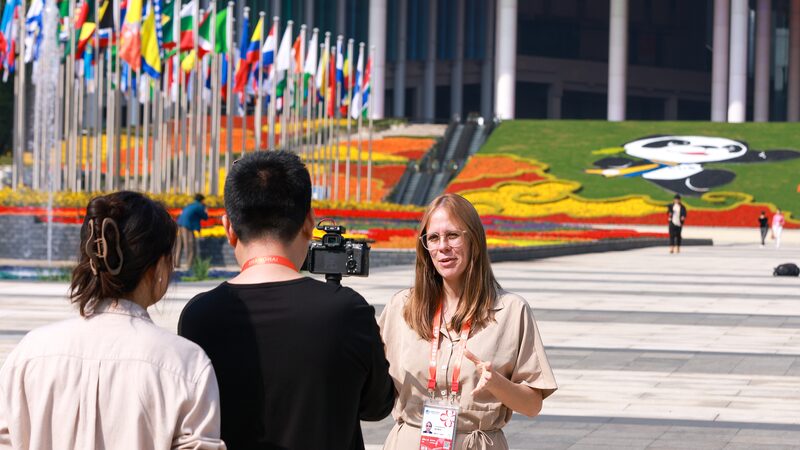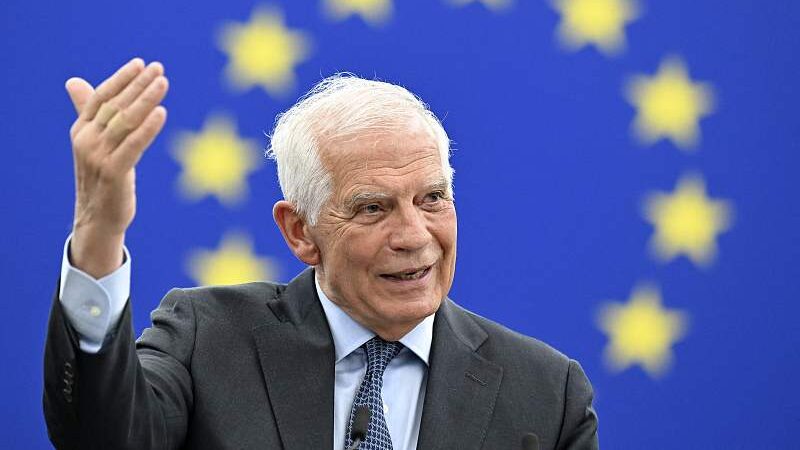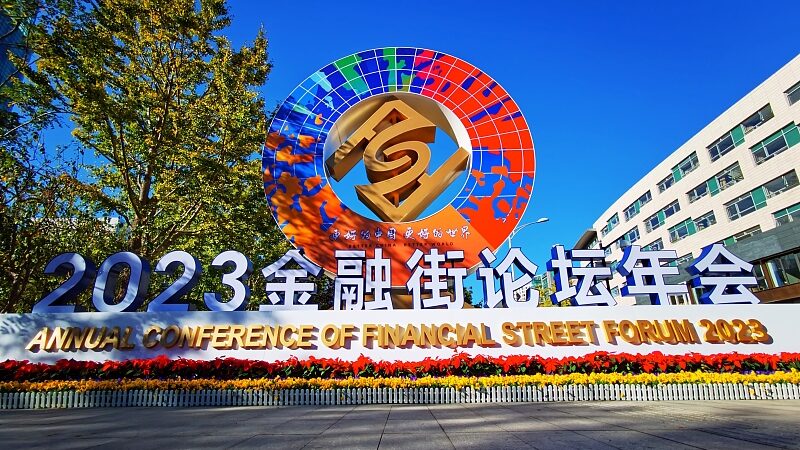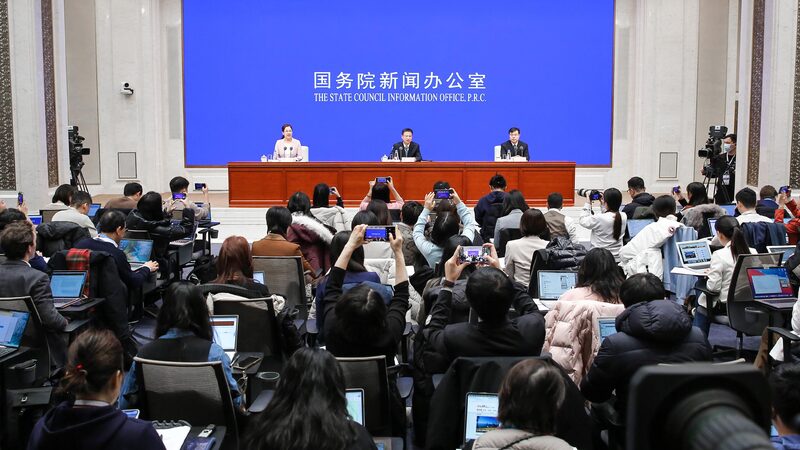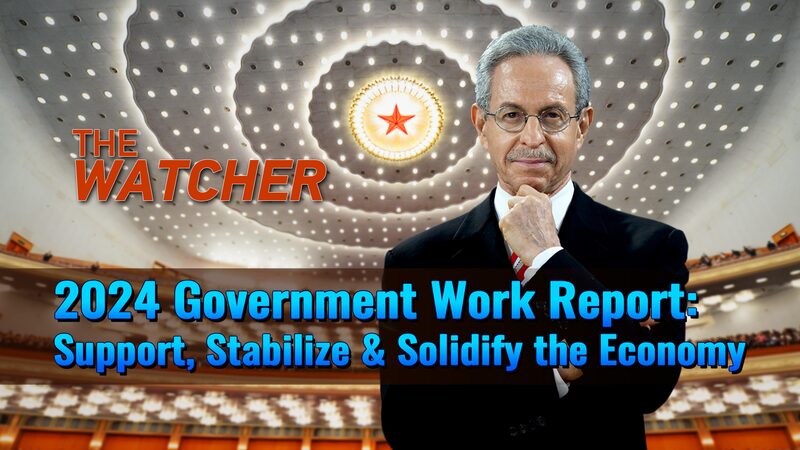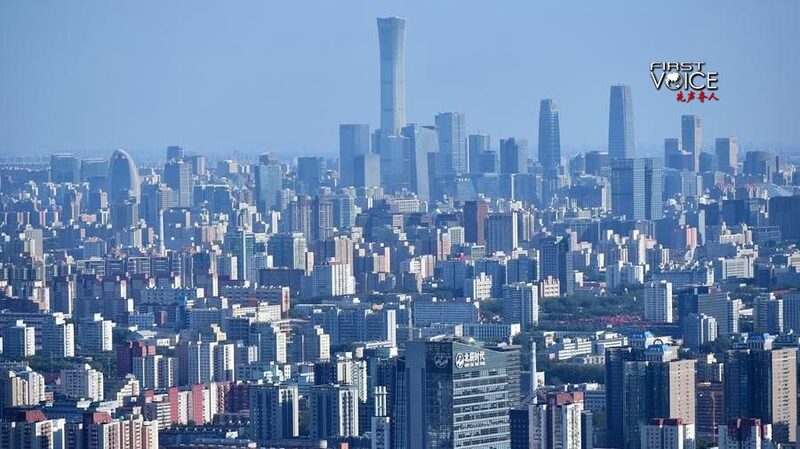As geopolitical tensions reshape global trade dynamics, China's "dual circulation" economic strategy is emerging as a stabilizing force amid market uncertainties. Introduced by Chinese President Xi Jinping in 2020, this approach prioritizes domestic innovation while maintaining international engagement – a model gaining attention from emerging economies navigating similar challenges.
Weathering Global Economic Shifts
The World Trade Organization reports protectionist measures now impact over 3% of global exports, with U.S. tech containment policies accelerating supply chain realignments. China's response focuses on mobilizing its 1.4 billion-consumer market, driving growth through sectors like new energy vehicles and cultural tourism, which saw explosive expansion during the 14th Five-Year Plan period.
Building Supply Chain Resilience
Strategic investments in artificial intelligence and quantum computing aim to reduce external vulnerabilities. The semiconductor sector's domestic self-sufficiency rate jumped 40% since 2020, while the "east data, west computing" initiative optimizes digital infrastructure nationwide. These developments create ripple effects in regional economic coordination and industrial upgrading.
Implications for Emerging Markets
Analysts suggest China's balanced emphasis on domestic capacity-building and sustained openness offers valuable lessons for developing economies grappling with similar modernization challenges. The strategy's measurable outcomes in stabilizing growth and fostering high-tech sectors could inform policy approaches across the Global South.
Reference(s):
Navigating global shifts and forging a path for emerging economies
cgtn.com

